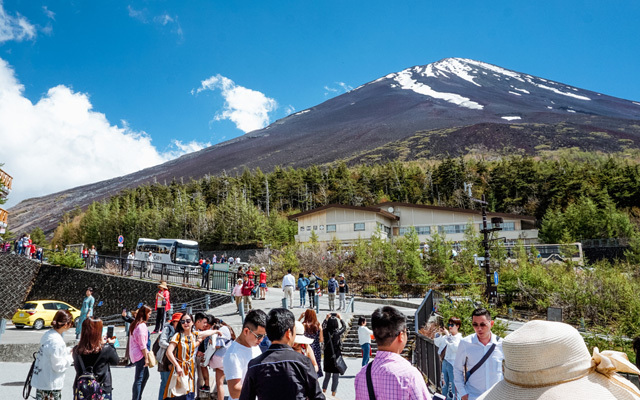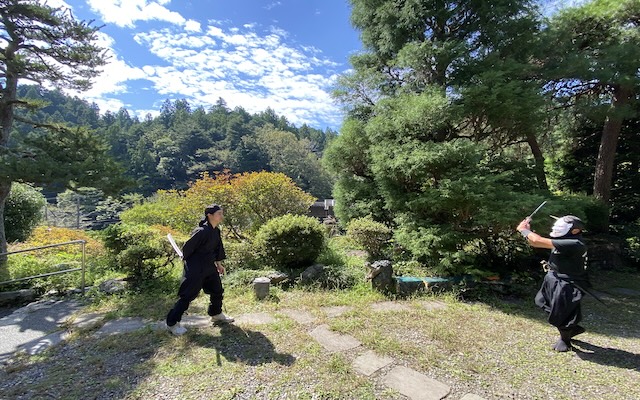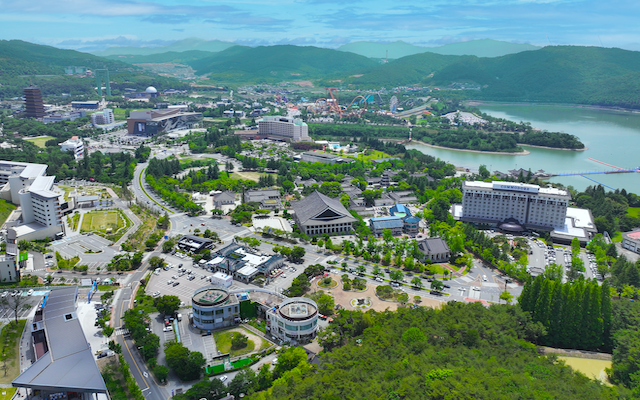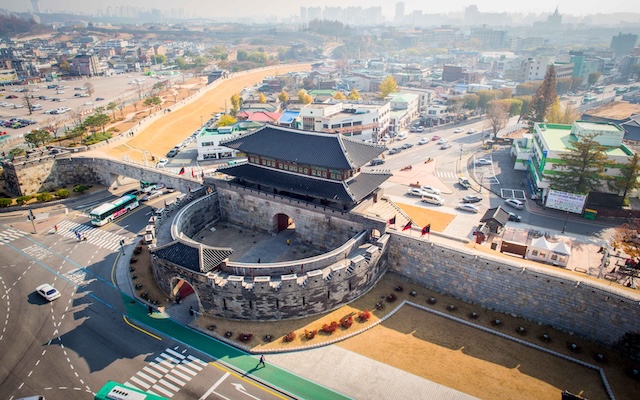Proposed tourism developments, which include a light railway, high-end hotel and convention facilities, at Mount Fuji will soon make Japan’s most famous peak an even more accessible and welcoming destination.
Ambitious plans are underway to construct a light railway to around half-way up Mount Fuji. Blueprints show a terminus at the Fifth Station on the south flank of the mountain. The Fifth Station is at 2,305 metres above sea level and can presently be accessed by road, serving as the most popular starting point for hikers planning to ascend to the 3,776-metre peak.

The Yamanashi prefectural government also announced the construction of a 40-room, high-end hotel close to the Fifth Station, and an international conference centre and other accommodation and infrastructure options close to the mountain. There are plans to collaborate with other local tourist facilities, such as the Fuji-Q Highland amusement park.
The government expects to charge 10,000 yen (US$67) for a round-trip ticket on the railway and anticipates that the line could generate around 1.56 trillion yen in the four decades after completion.
“We are considering the development of the base of the mountain and the Fifth Station in harmony with the surrounding natural environment,” said Katsuhiro Iwama, promotion director in the Yamanashi government’s Fuji-san Conservation and Tourism Ecosystem Promotion Division.
“Particularly at the Fifth Station, there is a lack of accommodation facilities for visitors to fully enjoy their stay,” he said. “Although there are activities such as watching the sun rise and taking walks without climbing to the summit, many visitors leave without realising this due to their short stay. We believe that building a hotel can be a tool to enhance the appeal of the Fifth Station.”
The prefecture also hopes that a regular train service will help to limit numbers of visitors to the UNESCO-listed mountain, which has experienced significant problems with overtourism since Japan reopened to tourists after the pandemic.


























